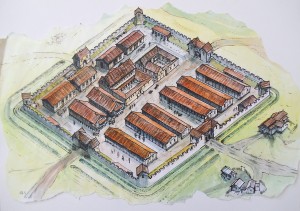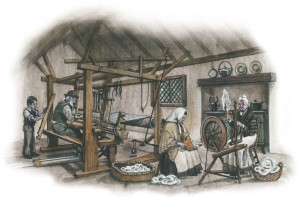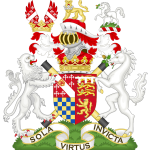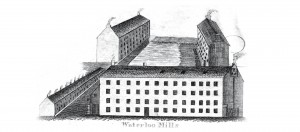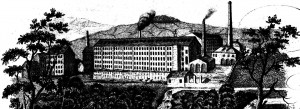650AD
The area is covered in thick forest. It is thought that the collective name of Glossop is derived from ‘Glott’s Hop’ – a resident called ‘Glott’ who is thought to have lived in or just above the valley (‘hop’ in Anglo-Saxon).
1086AD
Glossop is one of ten small hamlets within the Manor of Glossopdale.
The Domesday Book describes much of the area as ‘waste’.
1290AD
Glossop is granted a market charter and can hold a market and annual fair.
15th century
Small pasture farmers are self-sufficient, but little more. Some earn a part-time living as blacksmiths and quarrymen.
A small textile cottage industry develops with all of the family involved.
Part of the current market cross dates from this period.
1606AD
The Howard family – the Dukes of Norfolk – inherit the Manor of Glossop through marriage. At this time the population of Old Glossop is less than 100. Estate income is small.
18th century
Land on the Howard’s estate is leased and rented. Industrialists construct mills along the existing brooks, which provide plenty of power to the mills.
The Domesday Book describes much of the area as ‘waste’.
19th century
The cotton factory industry quickly outgrows the small hamlet and a new textile town – Howardtown (now ‘Glossop’) is built further down the valley. Little ‘modern’ urban development takes place in Old Glossop after this time, preserving the village as an important window into the cotton mill industry.

